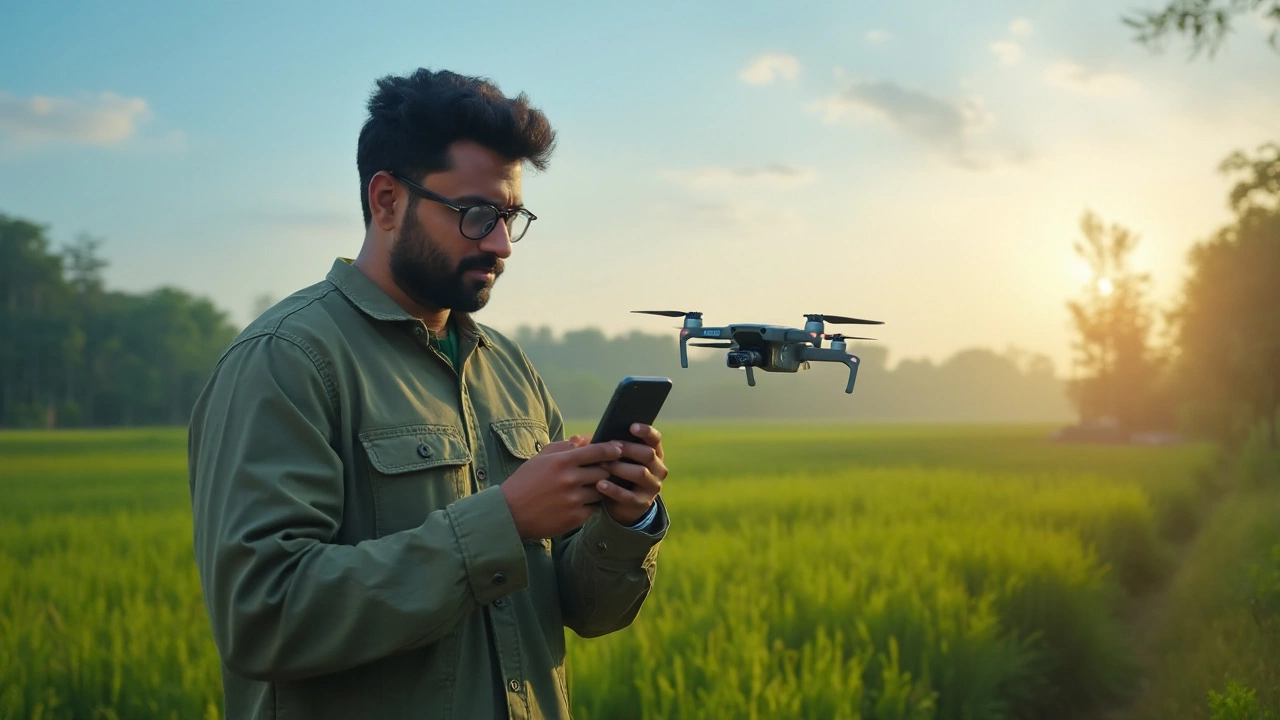Drone License in India – Simple Guide to Rules, Permits & How to Fly Legally
Thinking about taking your drone out for a spin? Before you lift off, you need to know the legal basics. India’s drone rules changed a lot in the last few years, and the DGCA now requires most pilots to hold a licence. This guide cuts the jargon and shows you exactly who needs a licence, what paperwork you need, and how to get approved fast.
Who Needs a Drone Licence?
If your drone weighs more than 250 grams, you’re in the licence zone. That covers most hobby models, commercial rigs, and any drone you plan to sell photos or videos from. Even if you’re just flying for fun, the rule applies once you cross that weight limit. The only clear exemptions are ultra‑light drones under 250 g that stay below 120 m altitude and are used strictly for personal recreation.
Businesses, freelancers, and anyone earning money from drone work must have a licence regardless of weight. This includes real‑estate photographers, event shooters, and mapping services. The DGCA treats anyone who flies for profit the same as a commercial operator, so don’t try to sneak past the system.
How to Apply for Your Drone Licence in 2025
Getting the licence is a step‑by‑step process that you can complete online through the Digital Sky portal. Here’s the quick run‑through:
- Step 1 – Create an account: Sign up on the DGCA’s Digital Sky website with a valid email and mobile number.
- Step 2 – Upload documents: You’ll need a copy of your PAN card, Aadhaar, a passport‑size photo, and proof of address. For commercial use add your company’s GST certificate.
- Step 3 – Pass the online test: A 30‑question quiz covers basic air‑space rules, no‑fly zones, and safety procedures. It takes about 15 minutes to complete.
- Step 4 – Pay the fee: The fee varies: INR 2,500 for hobbyists, INR 5,000 for commercial operators. Payments are accepted via net‑banking or UPI.
- Step 5 – Submit the application: After the test and payment, hit submit. The DGCA reviews it within 7‑10 business days.
When your licence is approved, you’ll receive a digital certificate and a unique drone ID. Attach that ID to your aircraft using the sticker provided, or register the drone’s serial number in the portal.
Keep your licence current by renewing it every two years. The renewal process mirrors the original application but skips the knowledge test unless the DGCA updates its syllabus.
After you’re licensed, follow these everyday responsibilities: always check the latest NOTAMs for restricted zones, keep your drone within visual line‑of‑sight, and log each flight’s date, location, and purpose. Failure to do so can lead to fines or a suspension of your licence.
Common mistakes newbies make include forgetting to carry the printed licence while flying, ignoring the 5 km radius restriction around airports, and assuming the online test is a one‑time thing. Double‑check the portal for any new amendments before each flight.
Quick checklist before you launch:
- Licence loaded on your phone and printed copy in the bag.
- Drone ID sticker firmly attached.
- Battery fully charged and spare on hand.
- Flight plan uploaded to the Digital Sky app.
- Weather clear and no‑fly zones verified.
Follow these steps, respect the rules, and you’ll enjoy hassle‑free flying across Mumbai, Delhi, or wherever you choose to capture great shots. The sky’s the limit once you’re licensed the right way.
